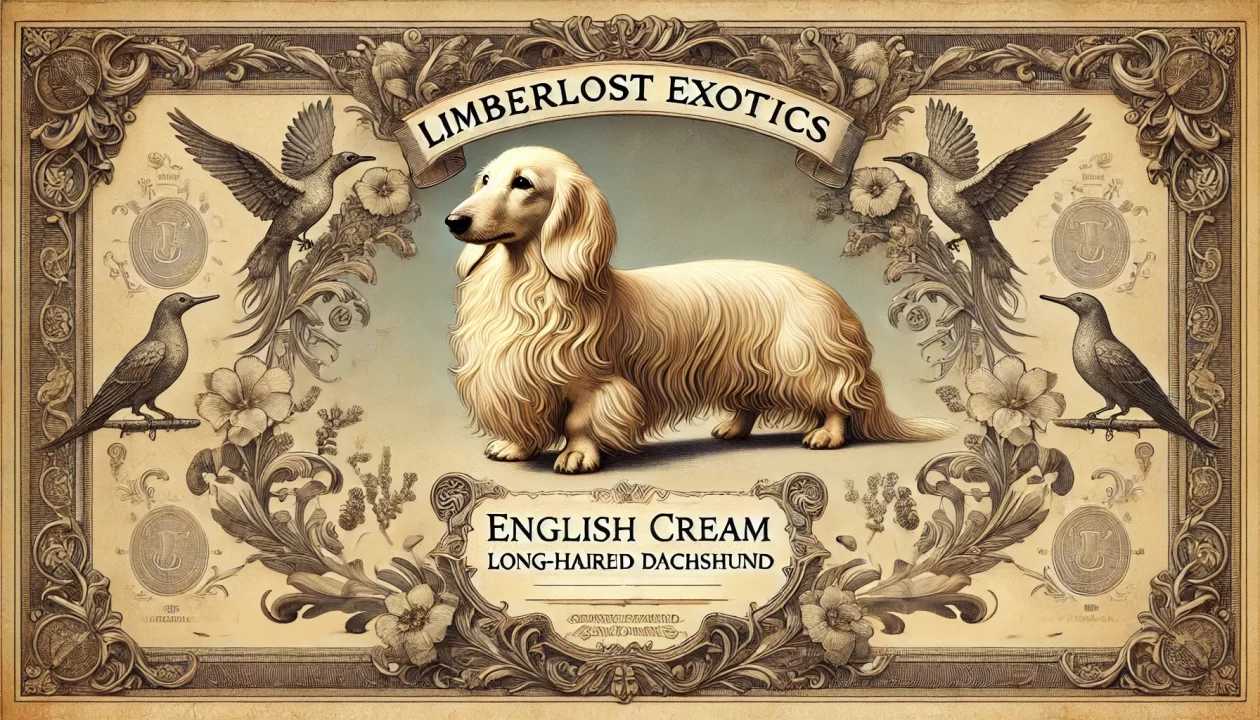
Dachshunds are a beloved breed, known for their distinctive long bodies, short legs, and lively personalities. While many people recognize them for their charming appearance and tenacious spirit, fewer understand the critical role that conformation showing plays in preserving the breed’s health, functionality, and overall standard. Conformation shows are more than just competitions; they ensure that dachshunds maintain the qualities that make them excellent hunting dogs and beloved companions. This article explores the importance of conformation showing in dachshunds and the essential breed standards that define an ideal specimen.
What is Conformation Showing?
Conformation shows are competitions where purebred dogs are evaluated against a breed standard—a written description of the ideal structure, temperament, and movement for a particular breed. Judges assess how well each dog meets these standards, with the goal of selecting individuals that best represent the breed for future breeding.
For dachshunds, conformation showing is particularly important because it helps maintain the physical traits necessary for their original purpose: hunting badgers, rabbits, and other burrowing animals. Their unique body structure allows them to maneuver through tunnels efficiently while their strong, muscular build supports endurance and agility.
Why Conformation Showing is Important for Dachshunds
- Preserving Breed Health and Functionality
Dachshunds were bred for hunting, and their conformation reflects this purpose. Proper body proportions prevent spinal and joint issues, which dachshunds are prone to due to their long backs. Poor conformation—such as excessively long spines, weak chests, or overly short rib cages—can lead to Intervertebral Disc Disease (IVDD) and other health concerns. By evaluating structure in conformation shows, breeders can select healthy dogs that adhere to the correct body proportions and reduce the risk of hereditary health problems.
- Ensuring Structural Soundness
A dachshund’s movement and structure must be correct for efficient movement and stamina. Faults in conformation, such as weak pasterns, improper angulation, or incorrect topline, can lead to mobility issues and joint stress over time. Through conformation shows, breeders can identify and breed dogs with correct structure to ensure future generations remain sound.
- Maintaining the Breed Standard for Future Generations
Without conformation standards, dachshunds could drift away from their original form and function, potentially leading to weaker, unhealthy dogs. Breed standards help ensure that the appearance, temperament, and movement remain consistent across generations.
- Encouraging Responsible Breeding
Conformation shows encourage ethical breeding practices by ensuring that only the best representatives of the breed are used for reproduction. This helps prevent overbreeding of dogs with undesirable traits or health problems.
Key Dachshund Breed Standards
The American Kennel Club (AKC), The Kennel Club (UK), and other major organizations have detailed breed standards that describe the ideal dachshund. Some of the most important aspects of these standards include:
- General Appearance
• Body: Long and low to the ground but compact and well-muscled. The back should be strong and not overly exaggerated in length.
• Legs: Short, strong, and well-angulated, providing good movement and balance.
• Head: Moderately long with a slightly arched skull and strong jaw. - Size and Proportions
• Standard Dachshund: 16–32 lbs
• Miniature Dachshund: Under 11 lbs
• The rib cage should be long and well-sprung, providing adequate room for lung capacity and heart function. - Coat Varieties and Colors
Dachshunds come in three coat types, each with distinct grooming needs and texture requirements:
• Smooth: Short and sleek
• Longhaired: Soft and slightly wavy
• Wirehaired: Harsh, thick, and with a prominent beard and eyebrows
Acceptable colors include red, black and tan, chocolate and tan, and dapple (merle pattern). Some disqualifications include excessive white markings in solid-colored dogs.
- Movement and Gait
• The dachshund should move smoothly with strong reach in the front and drive from the hindquarters.
• The topline (back) should remain level when in motion, showing no signs of weakness. - Temperament
• Dachshunds are lively, intelligent, and courageous.
• They should not be overly aggressive or timid.
• Confidence and boldness are highly desirable traits.
Conclusion
Conformation showing is essential for the dachshund breed, ensuring that these dogs maintain their physical and mental traits in alignment with their original purpose. By preserving correct conformation, breeders can help prevent health problems, maintain structural integrity, and produce dachshunds that continue to excel as both companions and working dogs. Whether you are a breeder, owner, or admirer of the breed, understanding and supporting conformation showing is key to keeping the dachshund strong, healthy, and true to its heritage for generations to come.

